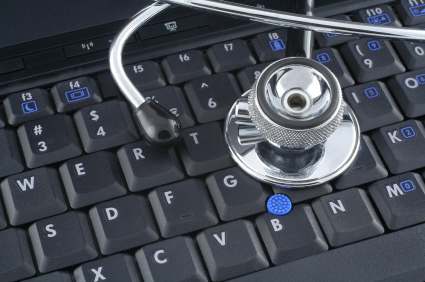In this module of EdTech 543 (Social Network Learning) I was asked to reflect on my personal learning environment (PLE) and create a visual representation of it. There are variable definitions of what a PLE is but I like this one by Connie Malamed:
A self-directed and evolving environment of tools, services and resources organized by a person seeking a way to accomplish lifetime learning, to create, and to connect with others of similar interests.
In short, a PLE includes your personal learning network (PLN) and the tools you use to interact with it. Everyone’s PLE is unique. We all use different tools to interact with our unique PLN.

My PLE diagram tries to convey that I use devices, services, and various tools to interact with people and information. People includes colleagues, friends, communities of practice I belong to, communities of inquiry, and other smart people around the world. Information can be in print, online, or stored in my computer.
I mostly follow the 4 Cs model created by Chris Sessums in which the 4 Cs are collect, communicate, create, and collaborate. As such, there are 3 zones to the devices, services and tools layer of my PLE diagram. At the bottom, are tools I use to create and communicate. On the right, are tools and ways I like to learn, including using online, print, and verbal media. Finally, on the left, are the tools I use to collect, communicate, and collaborate. All these tools are also used by others to interact with me. I also included the “low tech” old-fashioned way of learning and communicating: the lecture and meetings.
While reflecting on my PLE, I realized I have a core group of tools that I use. There are many tools available but I think most of us regularly use just a few. Over the years I have tested many tools and rejected most of them for various reasons. It was also helpful to reflect upon what role various tools play in my PLE and how the tools have evolved over time. Tools often have many uses but I find I use some tools at only a fraction of their capacity.
I reviewed several of my classmates’ PLE diagrams. Most focus on technology (as does mine). Many of us use the same tools, which makes sense as these tools have been around a while (e.g. Microsoft products, Google products). I did find some people included tools I wouldn’t have thought of as being useful for a PLE. For example, one diagram included PayPal, amazon, and eBay. Others include tools I just don’t use like Instagram, Pinterest, Skype, RSS aggregators, Flip Board, and some educational social networking sites. But that’s what make a PLE personal. What I always miss in assignments like this is not finding out how people use these different tools. I find it’s easy to learn to use a tool but harder to discover new ways to use them. Finally, I like how at least one of my classmates included face to face interaction in her PLE diagram. Too often we focus on technology but interacting with colleagues in the office or at conventions is still a very useful way to learn and create. I also found it fascinating of how different people followed different models to organize their PLEs. All were very creating and informative.


